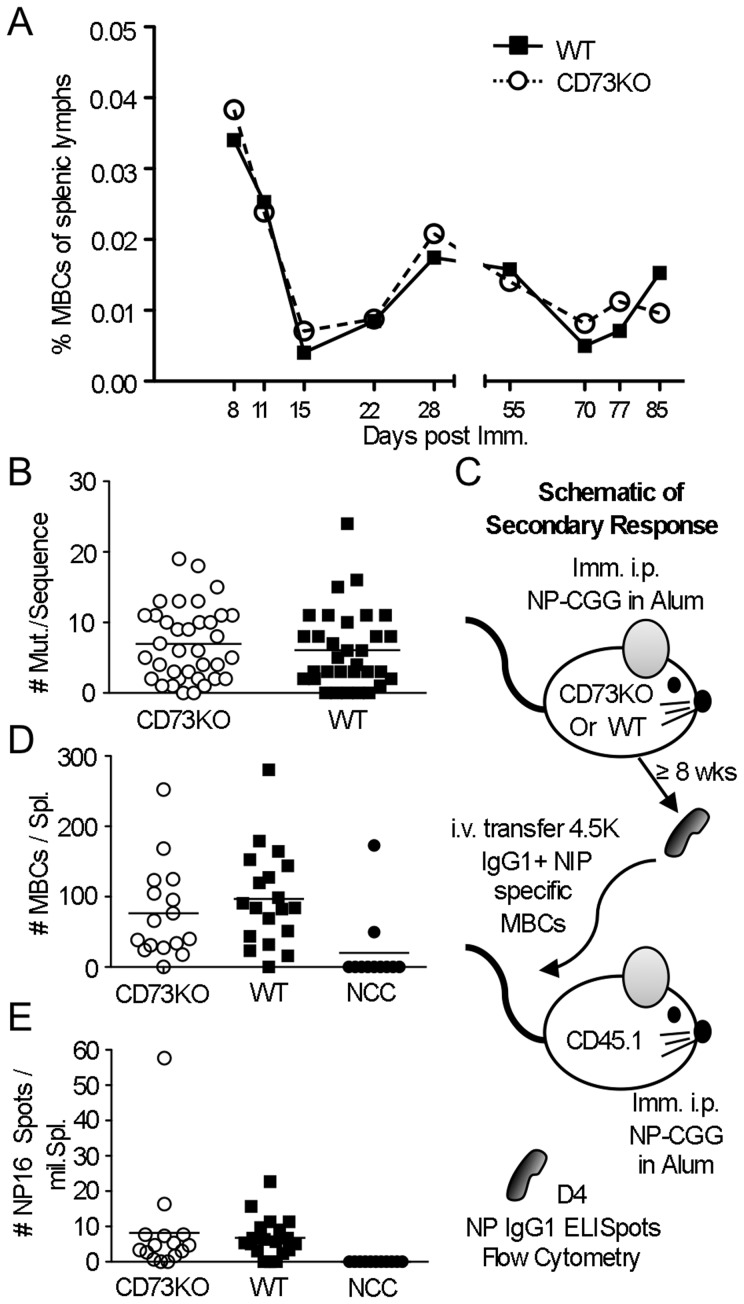Figure 6. Absence of CD73 does not significantly affect MBCs frequency, quality or function.
(A) WT (filled squares, solid lines) and CD73KO (empty circles, dashed lines) mice were immunized i.p. with NP-CGG precipitated in alum, and at indicated times post immunization, the splenic MBC compartment was analyzed by FACS. Shown is fraction of live lymphocytes that were IgG1-class-switched memory phenotype antigen specific B cells (IgG1 + CD38+ NIP-binding κ− CD19+). Day 28 represents 4 independent experiments and day 11 represents 2 independent experiments. 1.3–3 million events were collected per sample. Each point represents pooled data from 3–14 individual mice. Error bars represent standard deviations. (B) Comparison of mutational load within Vλ1 sequences from IgG1 + CD38+ NIP-binding κ− MBCs purified by FACS from CD73KO (empty circles) and WT (filled squares) spleens. Each point represents an individual Vλ1 sequence. Vλ1 mutation rates did not significantly differ between groups by Student's t test. (C) Schematic of experimental design to analyze the secondary response mounted by MBCs formed in the absence of CD73. B6 WT or CD73KO mice were immunized i.p. with NP-CGG in alum. 8 or 12 weeks later, splenocytes were harvested and depleted of T cells. Resulting purified B cells containing 4.5×103 IgG1 + CD38+ NP-specific memory cells were transferred i.v. into CD45.1 congenic recipients. Recipients were i.p. immunized with NP-CGG in alum 16 hours post transfer. Splenocytes were analyzed 4 days later by FACS and ELISpot. (D) Numbers of memory phenotype IgG1 + CD38+ NIP-binding splenic B cells after MBC adoptive transfer and secondary immunization. There were no significant differences between groups when analyzed by the Student's t test. For comparison, immunized recipient strain non-transferred “no cell control” (NCC) mice are shown (solid circle). (E) Frequencies of NP-binding IgG1 + splenic PCs detected by ELISpot analysis post adoptive transfer and secondary immunization. There were no significant differences between groups (Student's t test). Symbols and shading as in D.

